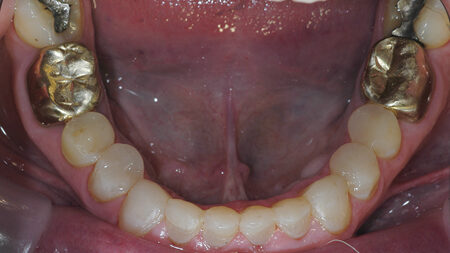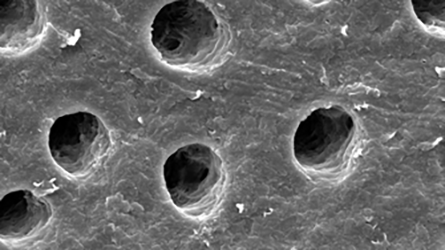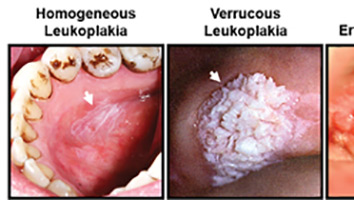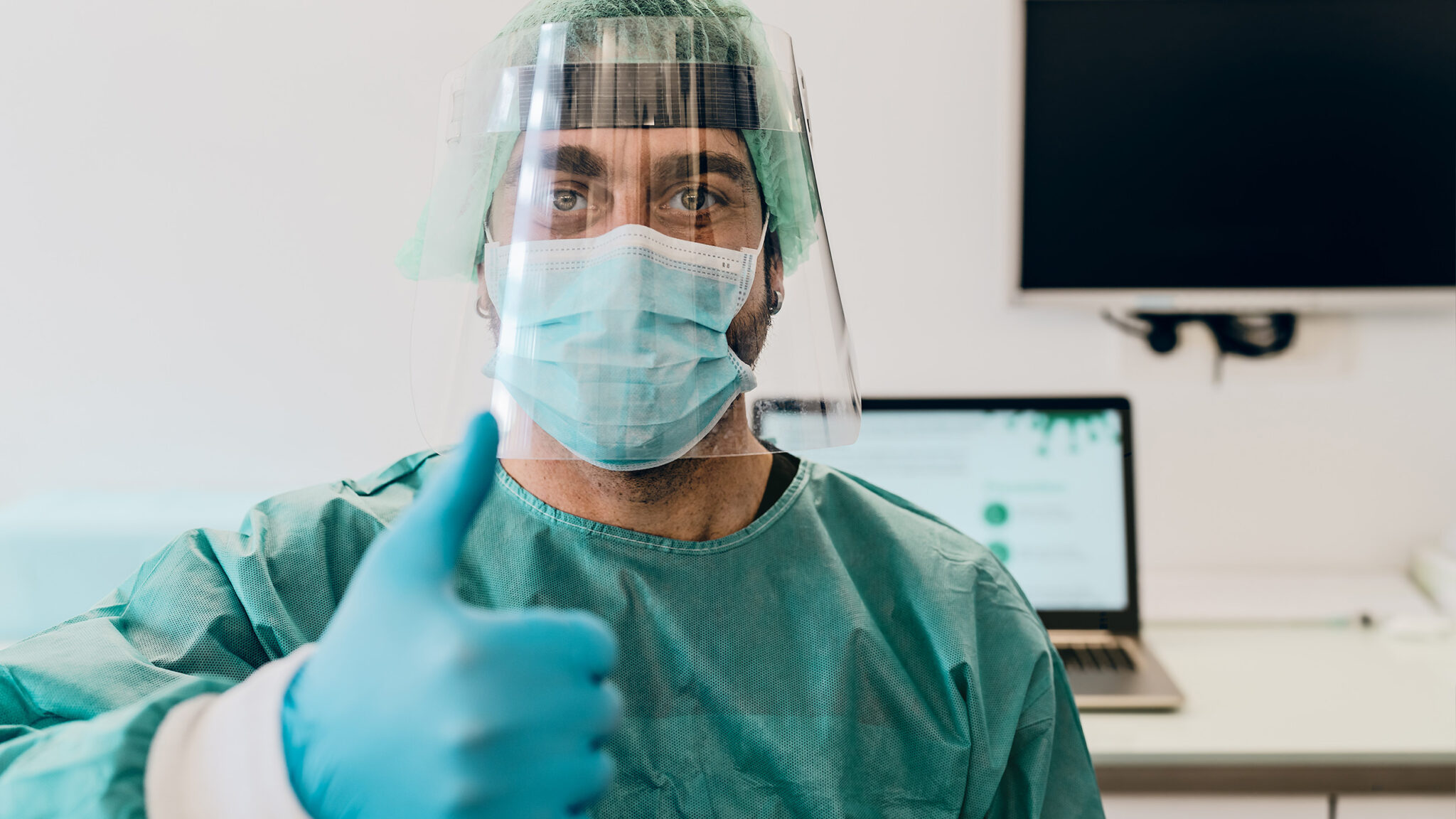
About Face: Return to Emotions, Return to Connections
·
Fay Goldstep, DDS, FIADFE, FASDA
During the last two-and-a-half years, we have lived a huge sociological experiment that will be studied for decades to come. The impact of the COVID measures will be discussed and ... more

















